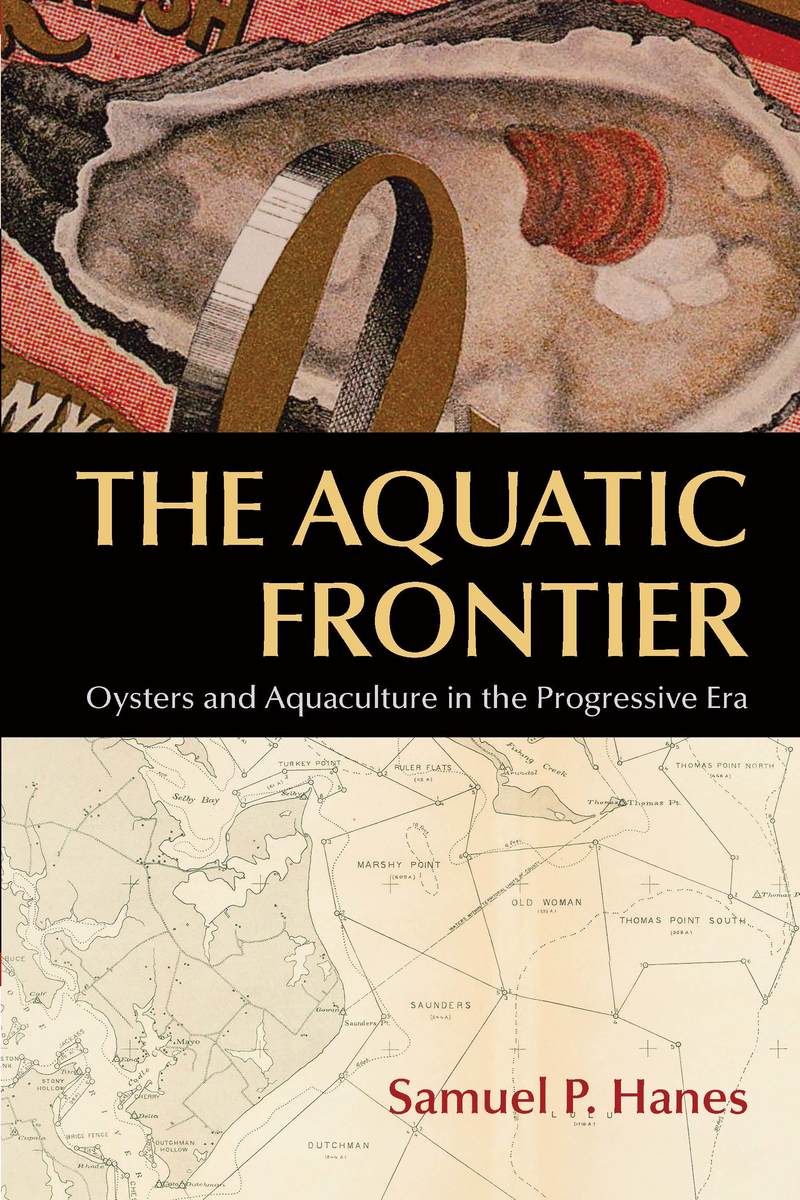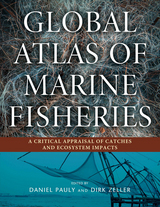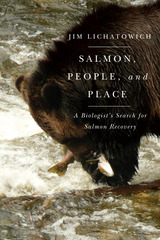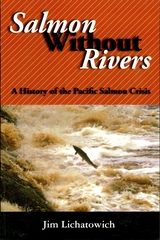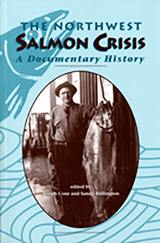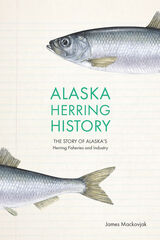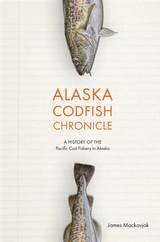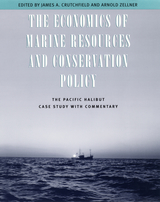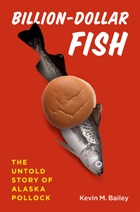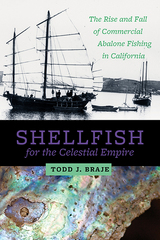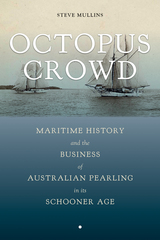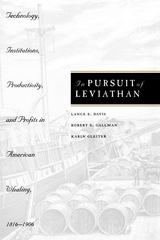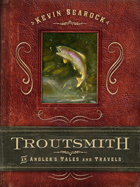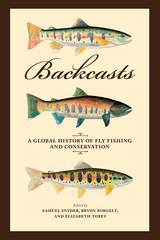The Aquatic Frontier: Oysters and Aquaculture in the Progressive Era
University of Massachusetts Press, 2019
eISBN: 978-1-61376-661-3 | Cloth: 978-1-62534-412-0 | Paper: 978-1-62534-413-7
Library of Congress Classification SH365.A3H36 2019
Dewey Decimal Classification 333.95541
eISBN: 978-1-61376-661-3 | Cloth: 978-1-62534-412-0 | Paper: 978-1-62534-413-7
Library of Congress Classification SH365.A3H36 2019
Dewey Decimal Classification 333.95541
ABOUT THIS BOOK | AUTHOR BIOGRAPHY | REVIEWS
ABOUT THIS BOOK
Although few remember their former significance, oysters were one of the largest U.S. fisheries at their peak in the late nineteenth century. As the fishery industrialized on-and offshore, oyster farms and canning factories spread along the Eastern Seaboard, with overharvesting becoming increasingly common. During the Progressive Era, state governments founded new agencies to cope with this problem and control this expanding economy. Regulators faced a choice: keep elaborate conservation systems based on common property rights or develop new ones with private, hatchery-stocked aquaculture farms. The tradition-preserving solution won, laying the groundwork for modern oyster management.
The Aquatic Frontier explores the forms this debate took between 1870 and 1920 in law enforcement, legislative advising, natural science, and oyster cartography. Samuel P. Hanes argues that the effort to centralize and privatize the industry failed due to a lack of understanding of the complex social-ecological systems in place—a common dilemma for environmental managers in this time period and for fisheries management confronting dangers from dwindling populations today.
The Aquatic Frontier explores the forms this debate took between 1870 and 1920 in law enforcement, legislative advising, natural science, and oyster cartography. Samuel P. Hanes argues that the effort to centralize and privatize the industry failed due to a lack of understanding of the complex social-ecological systems in place—a common dilemma for environmental managers in this time period and for fisheries management confronting dangers from dwindling populations today.
See other books on: Aquaculture | Environmental conditions | Oyster culture | Oysters | Progressive Era
See other titles from University of Massachusetts Press
